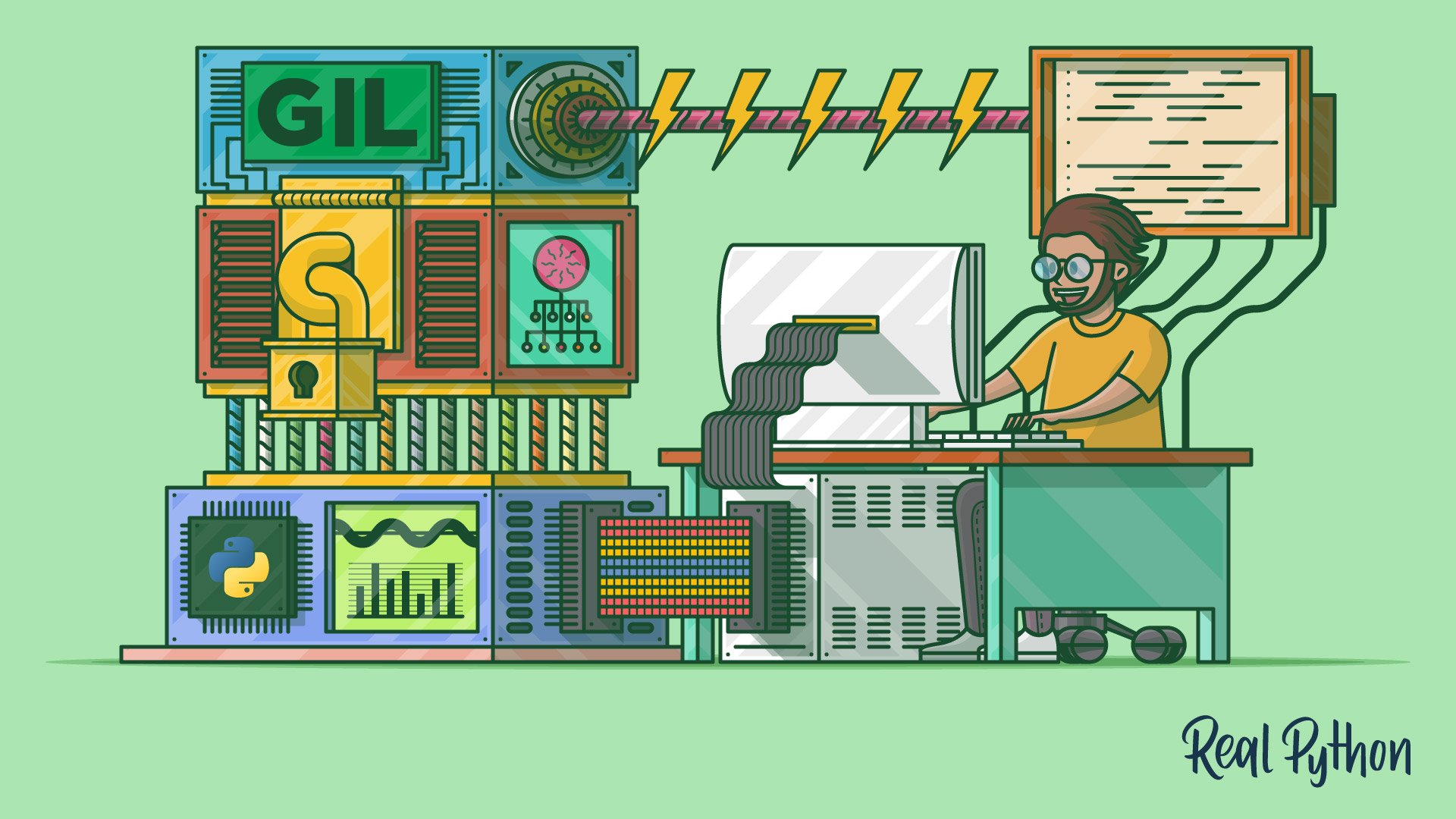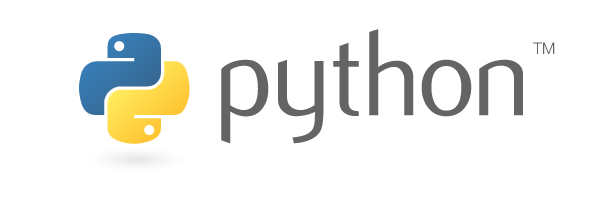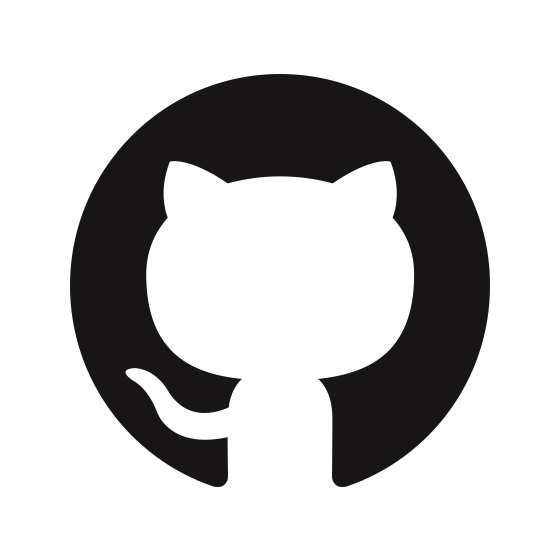CPython is what happens when you type python on your command line. It's the original Python interpreter, written in C back when Guido van Rossum created Python as a hobby project. The Python Software Foundation maintains it now, which means it gets regular updates and doesn't randomly break (usually).
Current Status: Actually Getting Faster
Python 3.13.7 was released in August 2025 after 3.13.6 had a nasty SSL bug that completely broke TLS connections. Typical Python - they fix one thing and break another. At least they acknowledge it and push fixes fast when production systems start failing.
The Python Steering Council makes the big decisions - five core developers who save us from endless debates about whether to add pattern matching syntax. CPython's backward compatibility obsession means your 2015 Django app probably still runs on Python 3.13 without changes, which is more than I can say for most tech stacks.
Most Python developers use CPython whether they know it or not. When you pip install something, you're betting it works with CPython. When you deploy to production, you're probably running CPython. It's the safe, boring choice that actually works.
How It Actually Works (And Why It's Slow)
CPython turns your Python code into bytecode, then runs it on a virtual machine. This is why Python feels slower than C - there's an extra layer of interpretation happening. The main pieces:
Here's how CPython makes your fast computer slow:
- Parser chews your .py files and spits out .pyc bytecode (check that pycache folder Python shits everywhere)
- Virtual machine runs bytecode one instruction at a time like it's 1995
- Everything's an object, which is why your Python script uses 500MB of RAM to parse a CSV
- C extensions are the only reason Python is remotely usable (NumPy, Pandas, etc.)
The Global Interpreter Lock (GIL) is Python's way of saying "fuck your multicore CPU." Only one thread can run Python code at a time because the original implementation was lazy about thread safety. Sure, it prevents memory corruption, but your 16-core beast runs Python like it's single-threaded. Want parallelism? Use multiprocessing and enjoy the IPC overhead that makes everything slower anyway.

Performance: Finally Getting Less Terrible
The Faster CPython project has actually delivered. Python 3.11 through 3.13 are genuinely faster:
- Python 3.11: 10-60% faster than 3.10, depending on your workload
- Python 3.12: Another 5% improvement on average
- Python 3.13: Experimental JIT compiler and free-threading
I've upgraded Python versions maybe 50 times and every single time something breaks in a way that makes no sense. Last time it was SSL certificates. Before that it was some C extension that couldn't find libffi. The 3.10 to 3.13 jump is worth the pain for the speedup, but clear your calendar for a week of dependency hell. Your code slow? 99% chance it's your shitty algorithm, not Python. Fix your O(n²) loops first, then blame the database, then maybe consider the interpreter.
The CPython Ecosystem Reality
CPython wins because of ecosystem lock-in, not technical superiority. PyPI has 500,000+ packages and every single one assumes CPython. Try running scikit-learn on PyPy - good luck with that. That random utility package you installed once and forgot about? Has C extensions that only compile on CPython. It's not that CPython is good, it's that switching is impossible.
Look, this ecosystem lock-in isn't entirely terrible. CPython's C API is mature, well-documented, and actually works. Writing C extensions is a special kind of hell, but at least it's documented hell. The entire scientific Python stack (NumPy, SciPy, Pandas) exists because when Python gets too slow, you write the hot path in C and pretend Python is fast.



